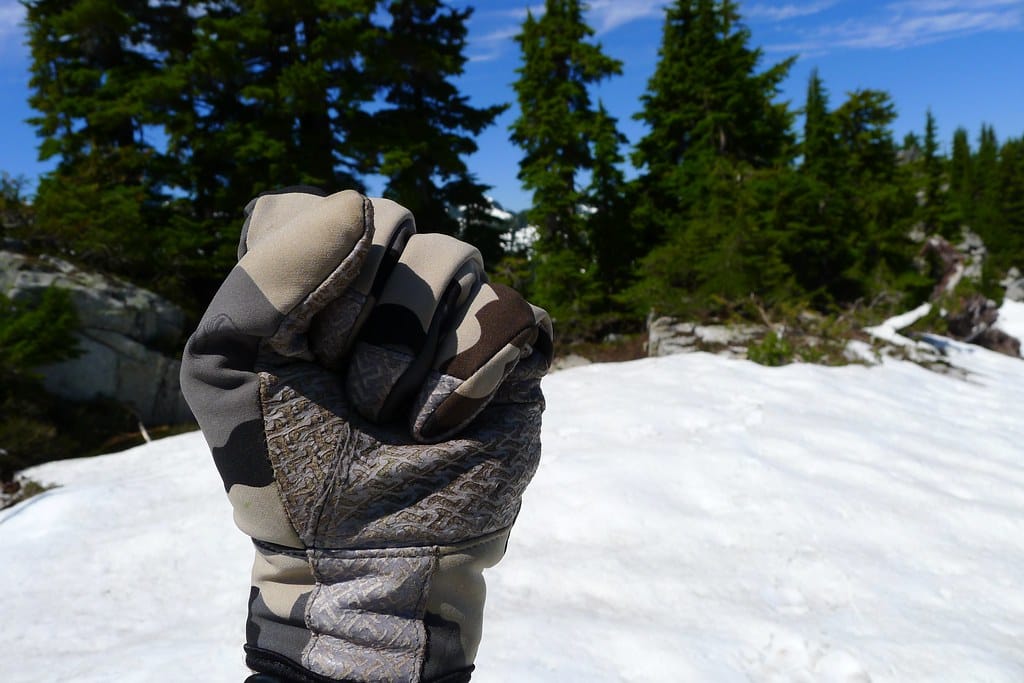
Cold environments are unforgiving—and when it comes to industrial work, exposure to extreme cold can cripple productivity, increase injury rates, and cost businesses millions in compensation. From frostbite to reduced dexterity leading to accidents, cold stress is a real and preventable hazard. The solution lies in proper PPE—specifically EN 511-certified gloves designed for cold protection. However, buyers often make costly mistakes by focusing on “thicker = warmer” instead of understanding the science behind cold protection and EN compliance.
This ultimate guide (5500+ words) explains EN 511 testing, glove material technology, industry applications, case studies, procurement checklists, and real-world risk analysis to help buyers make informed decisions.
EN 511 cold-protection gloves are tested for convective cold, contact cold, and water permeability. Ratings range from 0–4 for cold resistance and 0–1 for water resistance. Ideal cold-weather gloves combine insulation (e.g., Thinsulate™), waterproof membranes, and mechanical durability. Applications include cold storage, oil rigs, outdoor construction, and logistics in freezing conditions.
Why Cold-Weather Protection Is a Legal and Safety Priority
- Cold injuries such as frostbite and hypothermia account for thousands of workplace incidents annually.
- OSHA and EU regulations mandate thermal PPE for environments below -18°C (0°F).
- EN 511 certification is mandatory in Europe for gloves marketed as “cold protection.”
Expanded Real-World Incidents
Case #1 – Cold Storage Facility, UK:
A warehouse worker in a -25°C freezer wore generic leather gloves. After a 3-hour shift, he developed first-degree frostbite, leading to permanent nerve sensitivity. Cost to employer: £15,000 in compensation + lost labor for 4 weeks. Correct PPE: EN 511 gloves with waterproof membrane and high-contact cold rating.Case #2 – Offshore Oil Rig, Norway:
A technician working in icy wind chill (-18°C) with water exposure developed frostbite despite using insulated but non-waterproof gloves. The gloves absorbed seawater, accelerating heat loss. Finger amputation followed. Company faced €20,000 fine. Lesson: Wet gloves negate insulation—waterproofing is essential.Case #3 – Logistics Warehouse, USA:
Forklift operator moving metal racks at -15°C wore cotton grip gloves for dexterity. Within 90 minutes, he suffered contact cold burns on fingertips. Lost workdays: 7; cost: $12,000. Correct choice: EN 511 gloves with contact cold resistance level 3 or higher.Case #4 – Construction Site, Canada:
Crew laying concrete in -30°C wind chill used bulky ski gloves for warmth. Poor dexterity caused tool slips, resulting in a hand injury lawsuit. Insight: Over-insulation reduces safety. Balance warmth and grip for operational efficiency.Case #5 – Fishing Vessel, Iceland:
A fisherman wore lined gloves without anti-slip coating. While pulling icy nets, his grip failed, leading to a fall and shoulder injury. Correct solution: Cold-weather gloves with grip-enhanced palm coating + waterproof membrane.
EN 511 Standard: The Core of Cold-Weather Glove Selection
EN 511 tests gloves for three parameters critical in cold conditions:
| Parameter | Scale | Explanation |
|---|---|---|
| Convective Cold | 0–4 | Resistance to heat loss through air movement inside the glove |
| Contact Cold | 0–4 | Ability to resist heat transfer when touching cold surfaces like steel or ice |
| Water Penetration | 0–1 | 0 = fails waterproof test; 1 = passes |
Example Label:
EN 511: 332 → Convective Cold: 3, Contact Cold: 3, Water Resistance: 2 (Invalid → clarify actual scale). Correct interpretation: third digit is 0 or 1 only.
✅ For cold storage at -25°C, aim for:
- Convective Cold: 3 or 4
- Contact Cold: 3 or 4
- Water Resistance: 1
EN 511 Test Methods Explained
-
Convective Cold Test:
Measures insulation effectiveness against cold air circulation. Simulates wind chill exposure—critical for outdoor and offshore work. -
Contact Cold Test:
Assesses thermal conductivity when glove touches cold metal. Essential for logistics, steel handling, and tool work. -
Water Penetration Test:
Gloves submerged for 30 minutes. Failure = water leaks inside.
Key for wet conditions like fishing, oil rigs, and snow removal.
Materials and Design for Maximum Protection
| Material | Function | Pros | Cons |
|---|---|---|---|
| Thinsulate™ (Microfiber) | Traps heat efficiently without bulk | Lightweight, retains warmth even if compressed | Costlier than fleece |
| Wool Blends | Natural thermal control | Warm when damp | Requires liners for skin comfort |
| Waterproof Membrane (PU/PTFE) | Prevents water penetration | Keeps insulation dry | Reduces breathability without vents |
| Leather Outer Layer | Abrasion resistance + windproof | Durable for tools | Needs waterproofing treatment |
| Synthetic Shell (Nylon) | Wind-blocking shell + flexibility | Lightweight, flexible | Requires grip coating for wet handling |
✅ Best Practice: Choose multi-layer construction:
- Outer shell (abrasion-resistant)
- Waterproof membrane
- Thermal liner (Thinsulate™ or wool)
Industry-Specific Glove Selection
| Industry | Primary Hazard | Recommended Glove Features |
|---|---|---|
| Cold Storage (-25°C) | Contact cold | EN 511 level 3+, waterproof, textured grip |
| Oil & Gas Offshore | Wind chill + wet hands | EN 511 + waterproof + cut resistance (ANSI A3–A5) |
| Construction (-30°C) | Dexterity + wind chill | Thermal insulation + anti-slip palm + EN 388 abrasion rating |
| Logistics | Handling steel pallets | Contact cold rating 3+, foam palm coating for grip |
| Maritime / Fishing | Wet conditions | Waterproof, thermal liner, saltwater-resistant coating |
Procurement Mistakes That Cost Millions
-
Mistake #1: Choosing gloves by insulation thickness only.
→ Over-insulated gloves reduce dexterity, causing accidents. -
Mistake #2: Ignoring water resistance.
→ Wet insulation loses 90% of thermal efficiency. -
Mistake #3: Buying cheap ski gloves for industrial use.
→ No EN 511 or EN 388 rating → fail compliance audits. -
Mistake #4: Forgetting dual hazards (cold + cut).
→ Common in meat processing and steel handling.
Cost Analysis: Wrong vs. Right Choice
| Scenario | Wrong Choice Cost | Correct PPE Cost | Savings |
|---|---|---|---|
| Frostbite claim (oil rig) | $35,000 | $45 per pair | $34,955 saved |
| Food contamination (wet gloves) | $12,000 | $5 per pair | $11,995 saved |
| Productivity loss (cold hands) | $5,000 per worker | $10 per pair | $4,990 saved |
Advanced Buyer Tips
- Use liner + outer glove combo for flexibility in extreme cold.
- Consider battery-heated gloves for Arctic or offshore drilling.
- Implement color-coded systems: blue for freezer, red for construction.
- Check EN 388 score (abrasion, cut resistance) for mechanical tasks.
Quick Procurement Checklist
- [ ] Verify EN 511 rating (contact + convective cold)
- [ ] Confirm waterproof membrane for wet exposure
- [ ] Select dual-hazard protection if applicable
- [ ] Ensure grip enhancement for tools or steel
- [ ] Maintain stock of multiple sizes for compliance
FAQ (Extended)
Q: Can ski gloves replace EN 511 gloves?
A: No. Ski gloves lack EN ratings for mechanical hazards, making them unsafe for industrial use.
Q: What EN 511 rating is needed for Arctic work?
A: At least 3 for convective cold, 3 for contact cold, and 1 for water resistance.
Q: Do insulated gloves work in wet conditions without waterproofing?
A: No. Once insulation gets wet, its thermal efficiency drops by 90%.
Q: How often should gloves be replaced?
A: Inspect daily; replace if liner compresses or waterproof membrane fails.
Conclusion
Cold-weather gloves aren’t just about comfort—they’re critical for compliance, worker safety, and operational efficiency. EN 511 certification ensures gloves perform under real-world cold hazards. Choose gloves based on tested ratings, material engineering, and industry application.
📩 Need EN 511-rated gloves for cold storage, oil rigs, or Arctic operations?
Email: [email protected]
🌐 www.workwearsolutions.net
Zion Zhang
Recent Posts
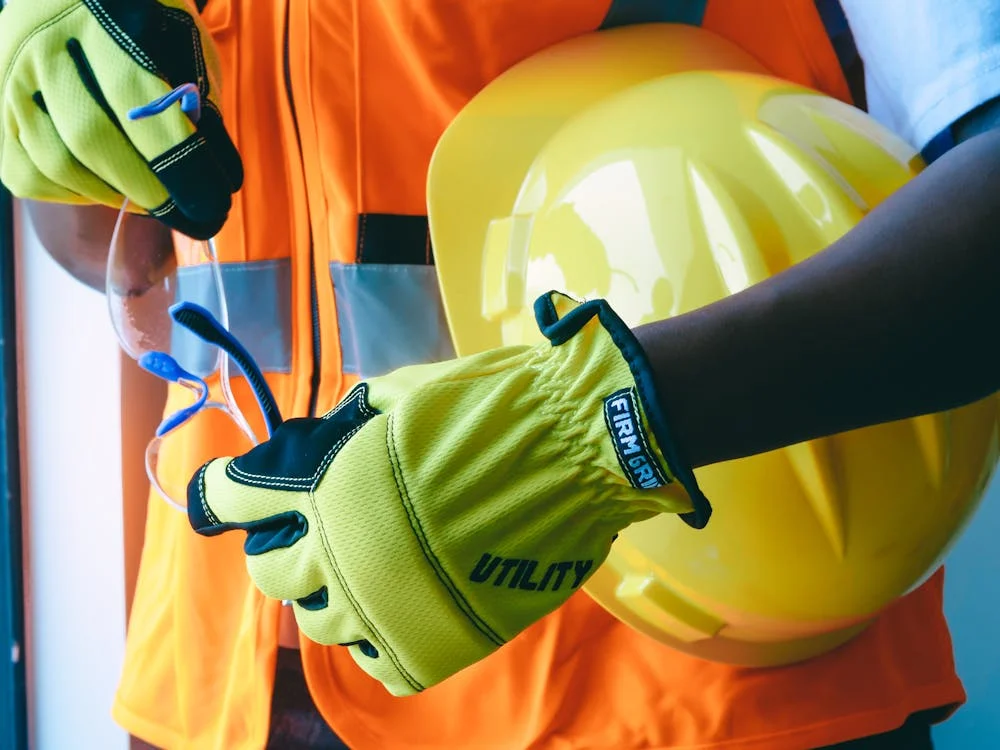 Smart Helmets and Vests: How IoT is Preventing On-Site Accidents2025年11月4日Smart Personal Protective Equipment (PPE) is redefining […]
Smart Helmets and Vests: How IoT is Preventing On-Site Accidents2025年11月4日Smart Personal Protective Equipment (PPE) is redefining […] The Peruvian Entrepreneur Who Turned PPE Into a Family Business2025年10月31日Starting Point: A Small Shop Run by a Couple In the […]
The Peruvian Entrepreneur Who Turned PPE Into a Family Business2025年10月31日Starting Point: A Small Shop Run by a Couple In the […]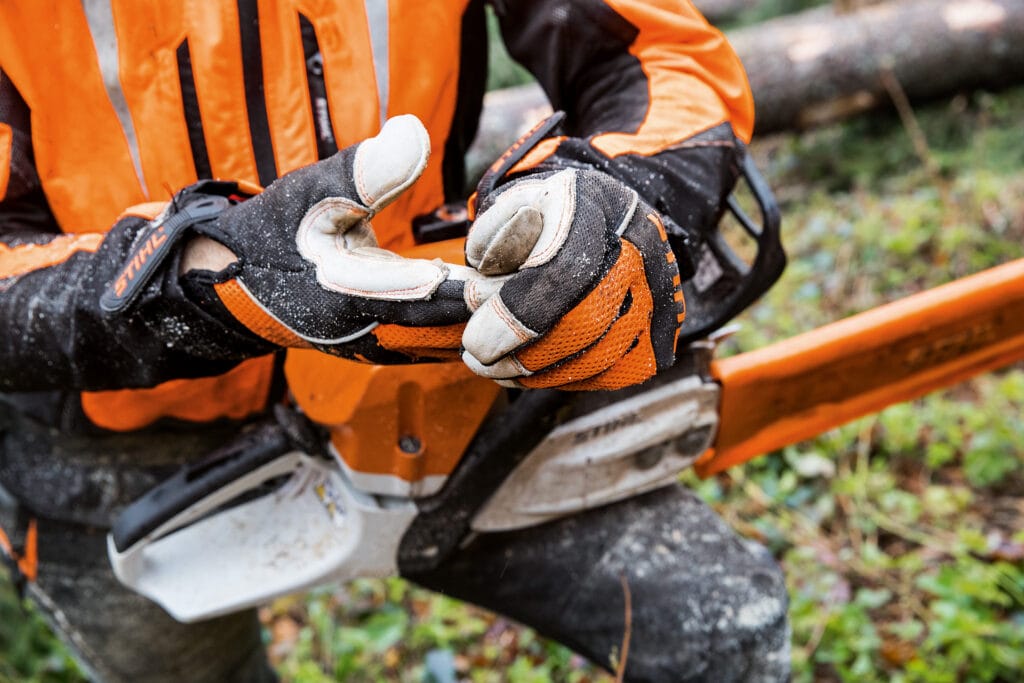 How a Kazakhstani Trader Won a Government Contract for Mining Workwear2025年10月30日In Kazakhstan’s booming mining industry, one small trader […]
How a Kazakhstani Trader Won a Government Contract for Mining Workwear2025年10月30日In Kazakhstan’s booming mining industry, one small trader […]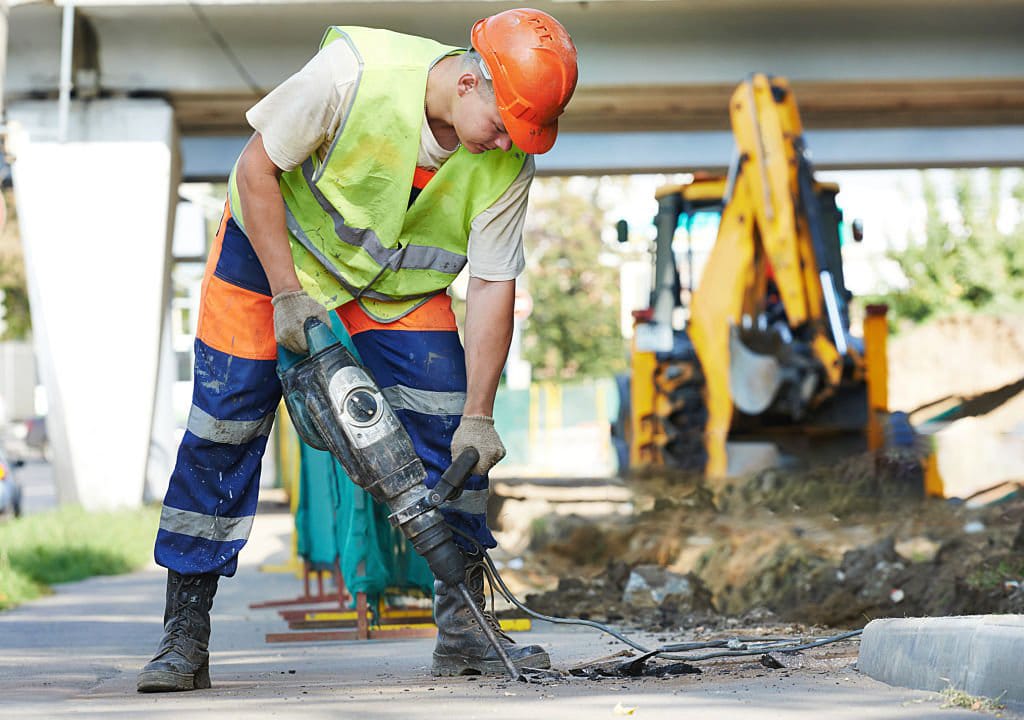 A South African Retailer’s Journey from Importing Shoes to Supplying Full PPE Kits2025年10月30日In South Africa’s rapidly growing industrial supply market, […]
A South African Retailer’s Journey from Importing Shoes to Supplying Full PPE Kits2025年10月30日In South Africa’s rapidly growing industrial supply market, […] How a Jordanian Contractor Built His Own Workwear Brand for Construction Projects2025年10月30日Introduction In the competitive world of construction, […]
How a Jordanian Contractor Built His Own Workwear Brand for Construction Projects2025年10月30日Introduction In the competitive world of construction, […]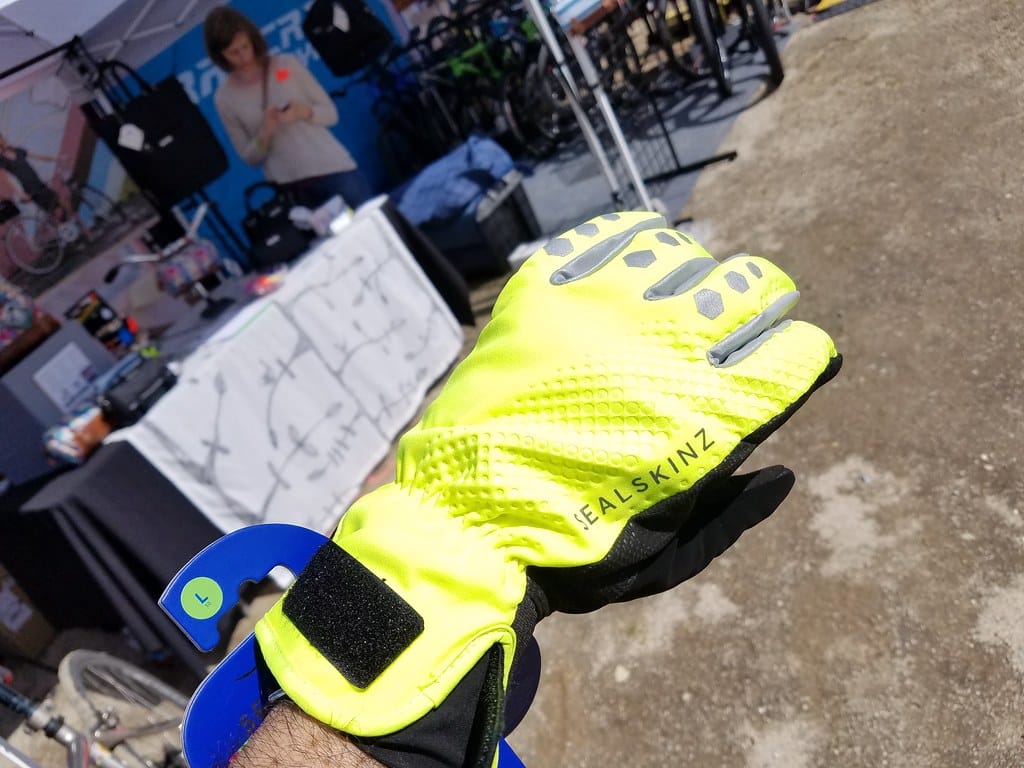 The Nigerian Agent Who Lost $50,000 on Fake Certificates — Then Came Back Stronger2025年10月20日Introduction In the global trade of PPE and industrial […]
The Nigerian Agent Who Lost $50,000 on Fake Certificates — Then Came Back Stronger2025年10月20日Introduction In the global trade of PPE and industrial […]
CONTACT US
- Feel free to contact us any time. We will get back to you as soon as we can!
- +86-17330061805
